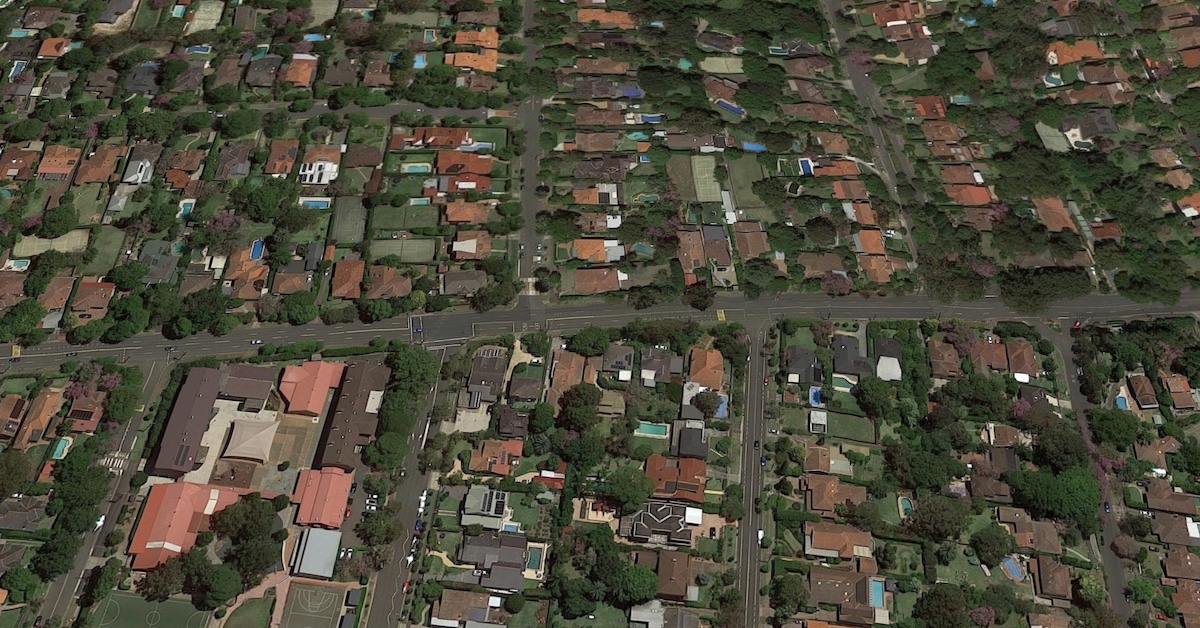Did you know that in the early 19th century, the first European settler of Roseville was a convict, William Henry, who cultivated a farm near the Lane Cove River?
William Henry was promised 1,000 acres of land, a grant given by the Governor. Mr Henry sold his grant around 1828 and the area eventually became a market garden managed by Why Tiy and Kwong Shing, a pair of Chinese gardeners.
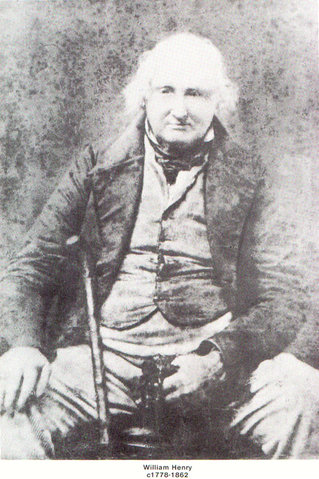
Where Roseville Got Its Name
Aside from Mr Henry, architect and timber merchant Daniel Dering Mathew also received a grant for the Clanville Estate. The site is now known as one of Roseville’s best streets. Mr Mathew eventually sold his grant to Richard Archbold, who expanded further north and established Rosedale.
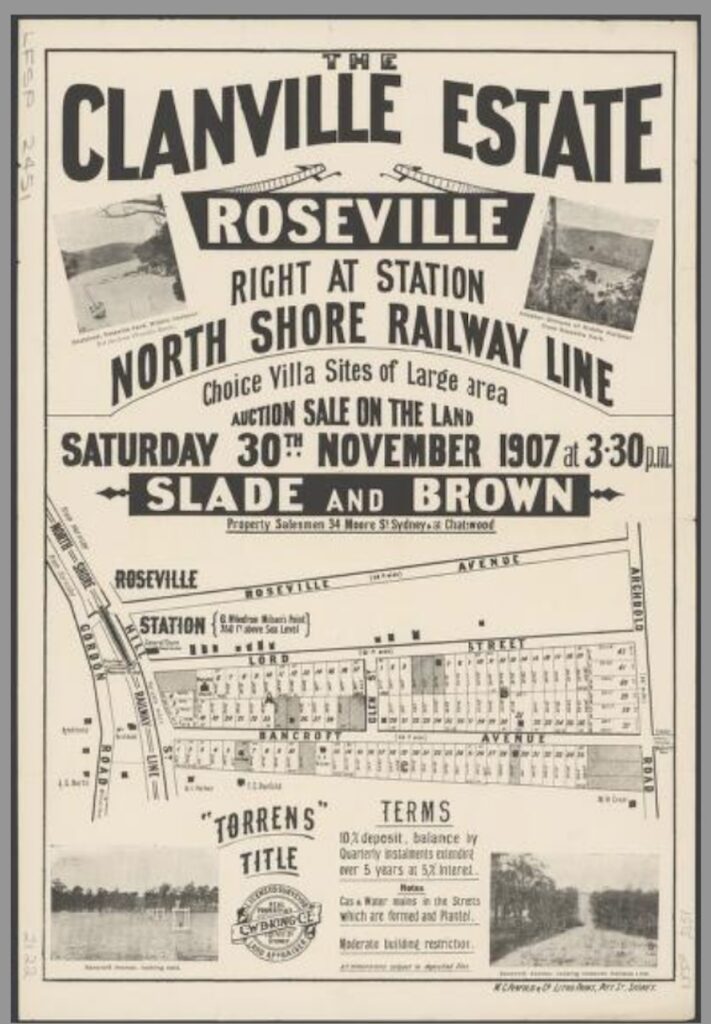
The Archbold family built an orchard and a stone cottage dubbed the Rose Villa. Historians believe this was where Roseville got its name. However, Rose Villa was demolished in the late 1800s to make way for the construction of the North Shore railway line. The Archbold estate was also subdivided into residential properties with the coming of the railway.
Roseville’s eastern side, on the other hand, was inhabited by Samuel Bates and his family around the 1830s. Mr Bates’ sons, John and Richard, eventually became the owners of Echo Farm. The place was renamed Resthaven and became a refuge for inebriates, including Australia’s most famous bush poet, Henry Lawson.
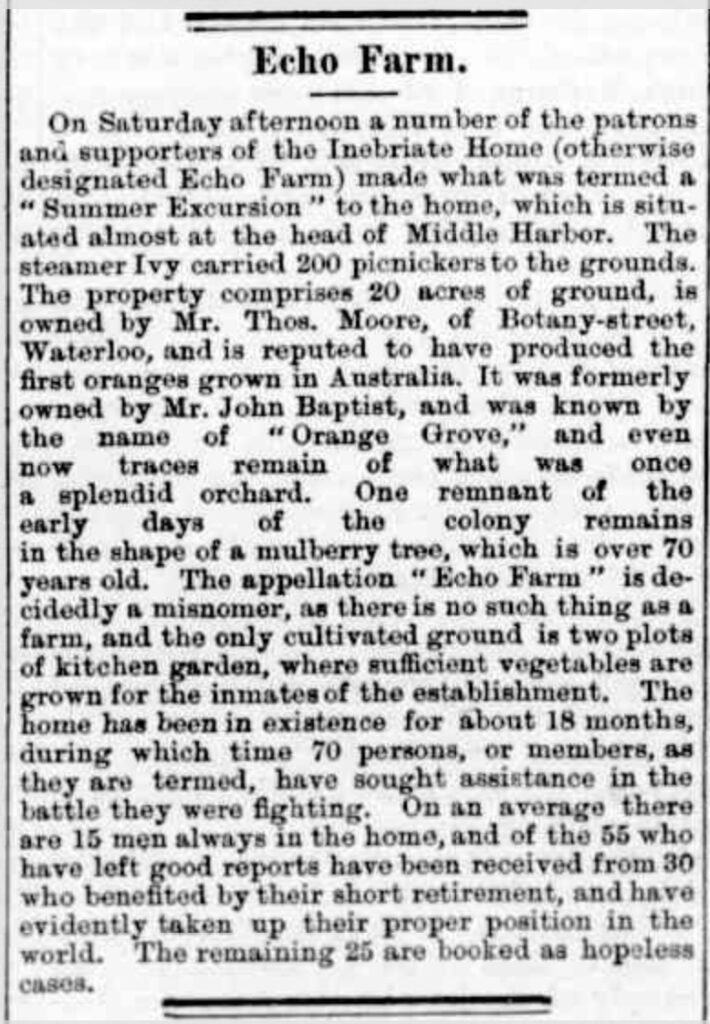
Railway Marks Progress
By 1890, the railway station had opened, propelling the suburb’s progress and development. As the transportation system expanded, estates were further sold and divided thus increasing the number of residents.
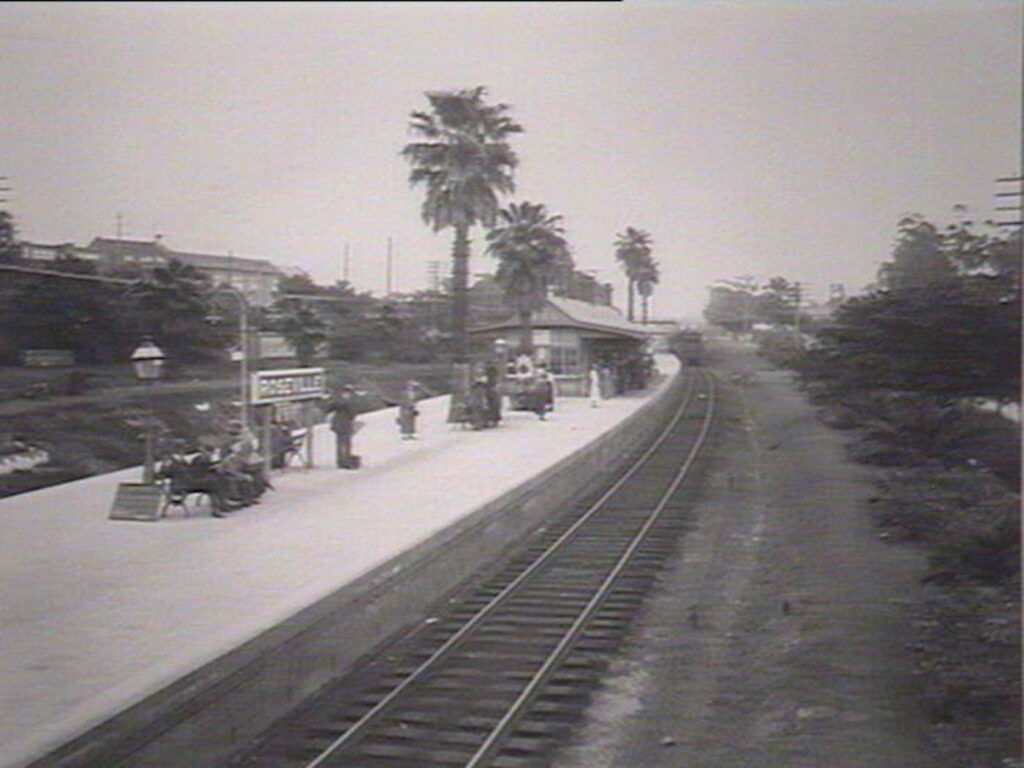
Following the war, the burgeoning suburb became attractive to returning servicemen, especially in the eastern areas of Baggage Road. The location was named after Eden Herschel Babbage who was a Roseville resident in the early 1900s. He was also an active member of the Roseville Progress Association which worked on getting footpaths built across their community.
Meanwhile, shops, banks and the post office opened along the main road, whilst a community centre and picture palace was transformed into a full-scale Roseville Cinema in the 1930s.
The Methodist, Presbyterian, and Anglican churches all established their presence in the suburb. Roseville College and Roseville Public School opened along Archbold Road in 1908 and 1913.
The Roseville Golf Club opened after World War I whilst the Roseville Memorial RSL Club and the Roseville Bowling Club were activated following World War II.
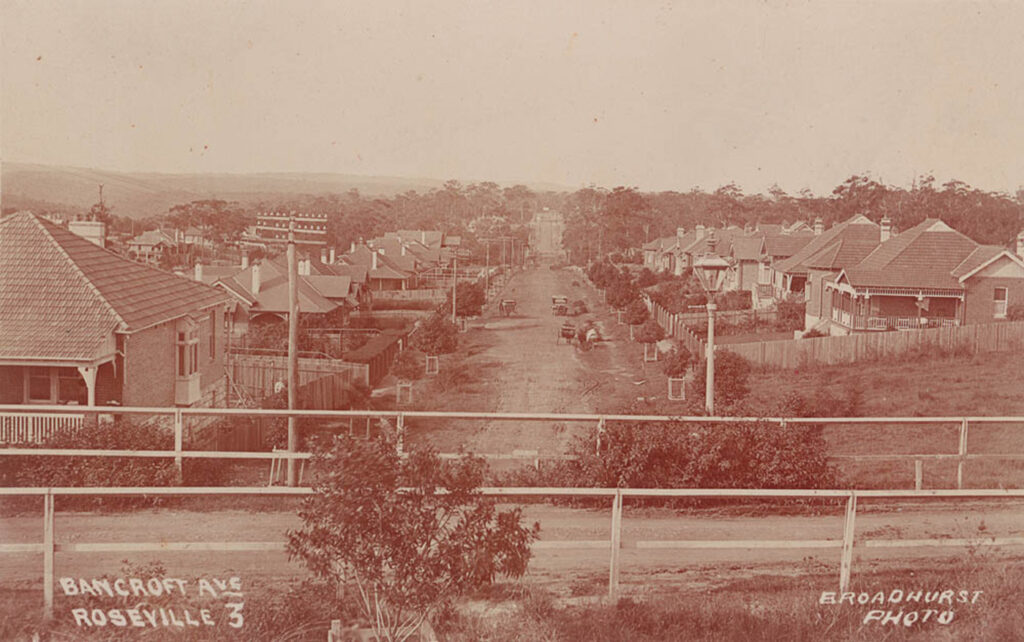
Today, the suburb is part of the Ku-ring-gai Council in the Upper North Shore of New South Wales, spanning 424 hectares. a small section of the suburb belongs to Willoughby and Lindfield, Chatswood and Castle Cove bound it.
Published 21 January 2023

